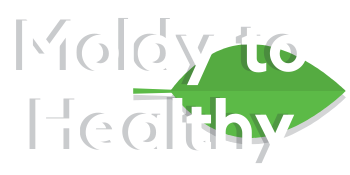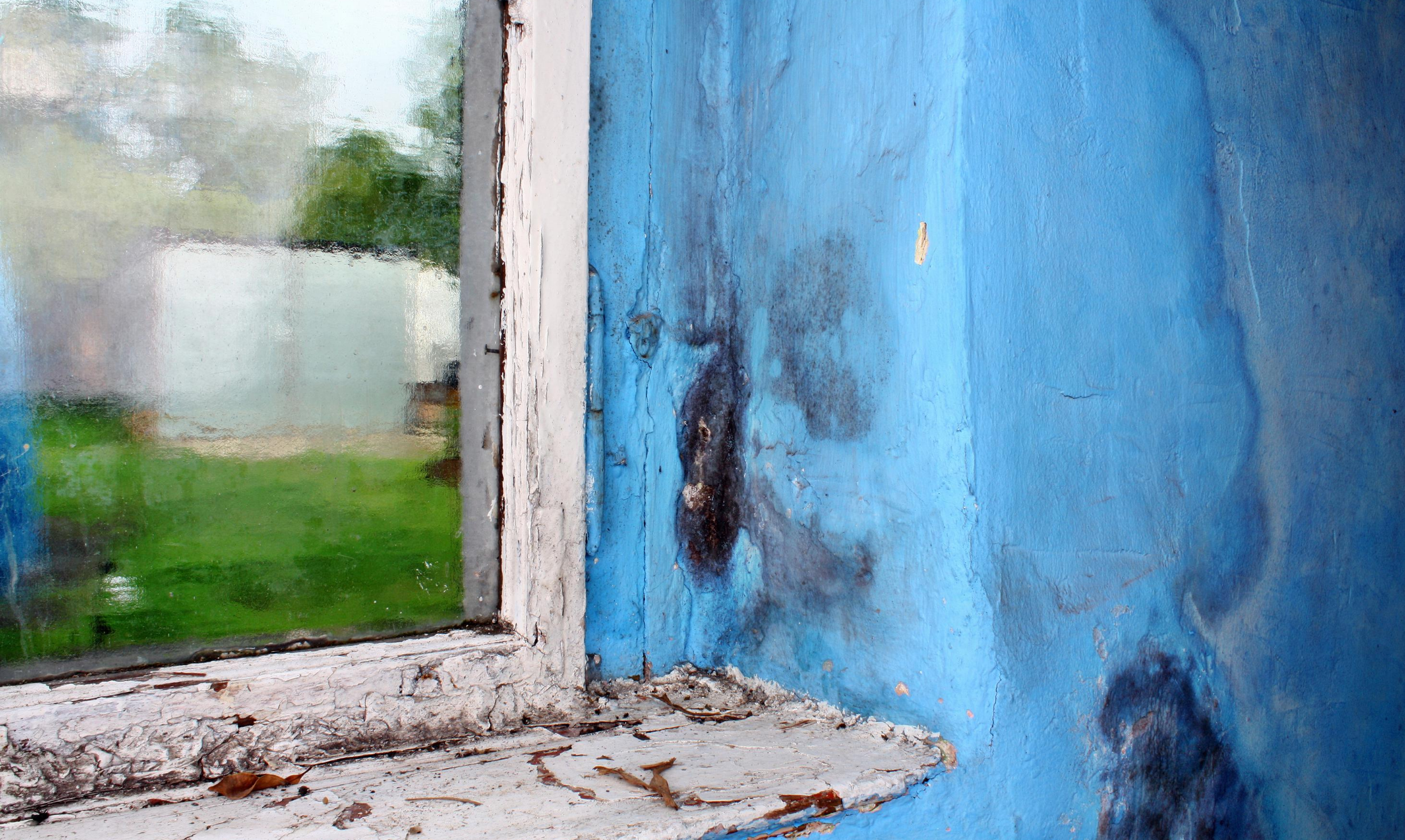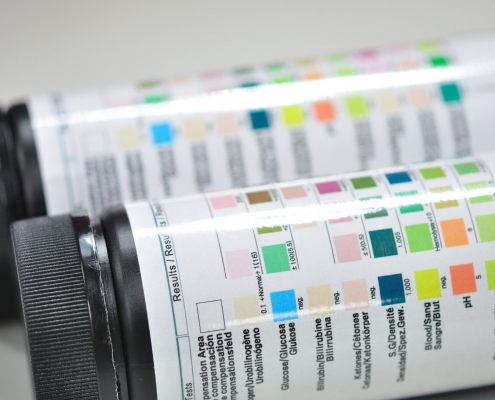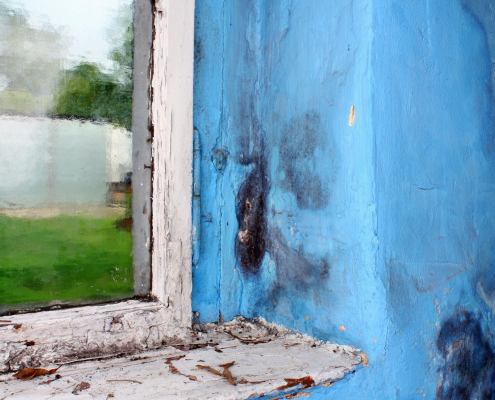Natural Remedies for Mold Toxicity
by Sara Stapleton, MS-HNFM, L.Ac. Dipl. NCCAOM
What is mold toxicity?
When discussing the health impacts of mold, it’s common to hear people say, “Oh, I’m so allergic to mold!” However, an allergy to mold in the environment or in food is different from the immune dysregulation caused by exposure to mold in a water-damaged building. It’s very much an apples and oranges situation. Typical symptoms of a mold allergy are similar to those experienced with grass or pollen — sinus congestion, headache, asthma. However, if you are one of the 25% of the population with the genetic blueprint for CIRS (that’s 82 million of us in the US), mold can cause serious life-altering symptoms that affect multiple systems in the body — musculoskeletal, neurological, gastrointestinal, hormonal, urinary, skin, mental and of course, the immune system.
Mold toxicity is also known as mold illness or chronic inflammatory response syndrome (CIRS, pronounced like ‘sirs’), and it is triggered when a genetically vulnerable person is exposed to mold in a water-damaged building in high enough concentrations or for a long enough period of time, or both. This exposure causes the immune system to overreact and become dysregulated and results in systemic inflammation. We call it a multi-system, multi-symptom disease, which makes it difficult for most doctors to diagnose, because they simply don’t know what to look for. When someone is educated and trained in mold illness, it is relatively easy to diagnose with specific lab tests and physical findings.
Keep in mind, you may be aware of living in a water-damaged home in the past, but you’ve moved since then, and you still feel awful. Can it still be mold illness? Yes. Mold exposure can flip a genetic switch of sorts, and once that switch is ‘on’, you can’t turn it ‘off’ by simply leaving the moldy building. There is a specific proven protocol that will reset that for you.
Beware of urine tests for diagnosing mold illness.
Mycotoxins are naturally occurring toxins produced by certain molds that grow on a variety of different foods, like cereals, nuts and spices. Click here for an article that directly addresses the lack of validity when testing urine for mycotoxins as an indicator of mold illness. In short, these tests are not approved by the FDA for diagnostic purposes of any illness. Mold illness does not come from food, but rather exposure to water-damaged buildings combined with a genetic propensity for immune system dysregulation.
It’s confirmed. I have mold illness. Can I treat it naturally?
By the time someone receives an accurate diagnosis of mold illness (CIRS), they’ve likely seen more than their fair share of doctors and are experiencing a bit of physician fatigue, so it’s common to seek out more natural ways of managing their illness. Looking for a more holistic approach is admirable, and if that person is you, consider two things:
- You are a unique being and no one else experiences mold illness exactly the way you do, so finding the perfect solution on the internet or in a book is highly unlikely.
- While mold illness is easy to diagnose, when done correctly, it takes planning and careful monitoring from trained professionals to truly reverse it and return you to health.
In the case of mold illness, supplements, just like pharmaceuticals, can initiate powerful changes in the body, and those changes aren’t always in your best interest. Even natural remedies can have negative consequences when your body’s basic operating system isn’t functioning correctly.
Many people with mold illness will take multiple supplements at once, because they read about them, or heard it on a podcast. This can easily create confusion, not just for your body, but for your practitioners trying to help heal you. I hesitate to mention these supplements by name, because many people tend to cherry pick from articles, and I don’t want it to be misinterpreted as a suggestion. These supplements have the potential to exacerbate the immune system dysregulation and overtax an already delicate body chemistry. When it comes to treating mold illness, the best approach is to follow the protocol that was developed by a qualified practitioner with your specific needs in mind.
Avoid only treating symptoms with supplements
All too often, it’s the symptoms of mold illness that get targeted, and not the underlying cause, which is an immune system gone wild. This can lead to a prolongation of your illness that can instigate more problems than solutions.
If you feel like you are missing certain nutrients in your diet, or simply want to take some basic nutritional supplements, consider a good multi-vitamin or B-Complex, vitamin D3 and fish oil. Keep other interventions to a minimum, unless you speak with your practitioner, until the underlying immune dysregulation is corrected.
There may be instances when short term use of supplements could enhance recovery by addressing specific symptoms, such as anxiety, brain fog, poor sleep or loose stools. However, it is strongly advised to discuss which products suit your particular needs best with your practitioner. The success of your treatment relies on teamwork and open communication.
What about a low-mold diet? (hyperlink to other article)
Remember, your mold illness isn’t from eating moldy foods. It’s from a genetic variation and exposure to a water-damaged building. With that in mind, a low-mold diet can do wonders toward helping you feel better. Why? Because, it’s really just a good sensible diet, when done correctly. The basics of healthy eating for someone with mold illness are:
- Minimize, or better yet, cut out completely – sugar, processed foods, cows’ milk, dried fruits, packaged meats, grains/gluten, alcohol, caffeine
- Eat no more than ¼ cup of nuts a day, as they can be inflammatory, as well
- Consume healthy fats, like wild-caught salmon, olive oil, avocado, coconut oil, organic butter and ghee (clarified butter)
- Consume plenty of vegetables of various colors, and eat twice as many veggies as fruits
- Consume lower sugar fruits, like berries
- Consume fish, meat, poultry and eggs that were humanely raised without antibiotics and hormones (wild-caught, grass-fed, pasture-raised, free-range, etc.)
- Hydrate, hydrate, hydrate. Good hydration helps the body detoxify
Based on your lab results, your CIRS practitioner may recommend a low-amylose diet, which means you’ll avoid root vegetables and tubers (anything grown underground, including peanuts) except garlic and onions. Bananas are the only fruit to avoid, along with all grains. Don’t forget that corn is a grain.
What about exercise?
Initially, most people with mold illness are unable to perform meaningful exercise to sustain fitness and strength. Walking up a single flight of stairs can result in shortness of breath. This is caused by high levels of inflammation in the capillaries leading to restricted blood flow and low levels of oxygen in muscle tissue, all of which results in hypometabolism. Exercising in this anaerobic state (meaning without oxygen) causes a buildup of lactic acid that can lead to the breakdown of muscle protein to be used as fuel. That’s the opposite of what needs to happen. So, it is important to introduce exercise slowly to avoid a “push and crash” effect, where they feel good one day, so they exert themselves beyond their usual capacity, and end up with exhaustion and muscle soreness for days. A properly trained CIRS practitioner can provide exercise guidance when the time is appropriate.
Mindfulness for mold illness
Mood swings, depression, anxiety, brain fog, memory impairment, insomnia — these are a few of the symptoms of mold illness that may seem unrelated to mold, yet can be unrelenting in effect. Since 25% of the population has the genetic predisposition for mold illness/CIRS, a household of four may only have one sick family member. That can lead to feelings of doubt, sadness, resentment and anger. (Note: While it is rare, less than 5% of people with CIRS have no genetic blueprint for it.)
Mold illness is stressful and takes an emotional toll. One way to overcome this is by learning mindfulness practices that are suited to your personality. It starts with setting aside time to just be. It may mean daily nature walks or a gentle restorative yoga practice. For some, a few minutes of meditation each day works wonders, and it’s not hard to do. There are several smartphone apps available to help, but simply sitting quietly, undisturbed for a few minutes works well, too. Start with 10 minutes once a day, then work up to 20 minutes twice a day. You may be surprised how much you look forward to those daily meditations once you get the hang of it.
If you have mold illness/CIRS, just know that it’s a legitimate illness, and while the promises of a quick fix with various supplements and other remedies are tempting, they won’t solve your problem. They may help alleviate some symptoms, but they won’t correct the underlying problem of an immune system out of control, and your health will continue to ebb and flow until that genetic switch gets turned off again. Once that is done, you will have to stay aware of being exposed to mold in water-damaged buildings where you spend your time in order to prevent a recurrence. But that is a small price to pay for getting your health back on track and keeping it there.
For help in treating mold illness/CIRS, you can go to Moldy to Healthy, or call us at Merritt Wellness Center to set up a consultation with one of our CIRS specialists.






